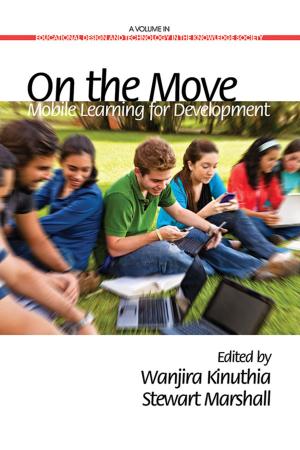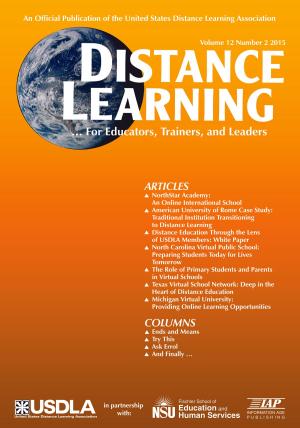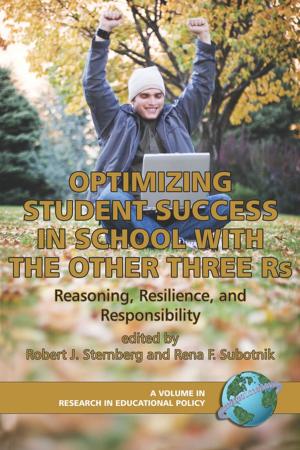Successful Science and Engineering Teaching in Colleges and Universities, 2nd Edition
Nonfiction, Reference & Language, Education & Teaching, Student & Student Life, Study Skills, Teaching, Teaching Methods| Author: | ISBN: | 9781681239590 | |
| Publisher: | Information Age Publishing | Publication: | June 1, 2017 |
| Imprint: | Information Age Publishing | Language: | English |
| Author: | |
| ISBN: | 9781681239590 |
| Publisher: | Information Age Publishing |
| Publication: | June 1, 2017 |
| Imprint: | Information Age Publishing |
| Language: | English |
Based on the author's work in science and engineering educational research, this book offers broad, practical strategies for teaching science and engineering courses and describes how faculty can provide a learning environment that helps students comprehend the nature of science, understand science concepts, and solve problems in science courses. This book's student?centered approach focuses on two main themes: writing to learn (especially Reflective Writing) and interactive activities (collaborative groups and labatorials). When faculty incorporate these methods into their courses, students gain a better understanding of science as a connected structure of concepts rather than as a toolkit of assorted practices.
Based on the author's work in science and engineering educational research, this book offers broad, practical strategies for teaching science and engineering courses and describes how faculty can provide a learning environment that helps students comprehend the nature of science, understand science concepts, and solve problems in science courses. This book's student?centered approach focuses on two main themes: writing to learn (especially Reflective Writing) and interactive activities (collaborative groups and labatorials). When faculty incorporate these methods into their courses, students gain a better understanding of science as a connected structure of concepts rather than as a toolkit of assorted practices.















